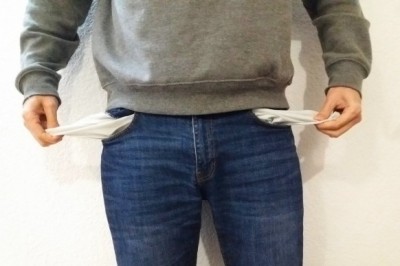Price-to-Rent Ratio for Housing is Like the Price-to-Earnings Ratio for Stocks
Just as stocks have price-to-earnings ratios (PE Ratios) used to establish relative value, houses have a price-to-rent ratio to establish relative value. Rent is the income or potential earnings a property can produce. It does not matter if the property is rented or if an owner lives in the property. The potential for rent is equal to the potential for earning. When a property can be rented for an amount equaling its monthly cost of ownership, it is at rental parity. This is the breakeven point where a consumer would be indifferent in financial terms to own or to rent. Of course there are reasons to own or to rent which are not financial, but from a strictly financial standpoint, this is where the fundamental value lies. The price-to-rent ratio is very sensitive to changes in interest rates. When interest rates are low, the cost of money is low, so larger sums can be borrowed and vice-versa. Nationally, the price-to-rent ratio increased steadily from 1988 through 2004 in a range from 157 to 199 while mortgage interest rates declined from 10.34% in 1988 to 5.84% in 2004. This increase in price was mostly the result of lowered interest rates as the out-of-pocket expense remained relatively constant. The dramatic increase in prices after 2004 was not supported by incomes or rents, and it is part of the evidence of a real estate bubble. The price-to-rent ratio is also the basis for a commonly used valuation measure used in the property management business, the Gross Rent Multiplier (GRM). The GRM is a convenient way to evaluate whether or not a rental rate will cover the monthly cost of a particular property. It was developed by landlords seeking a method to quickly evaluate the purchase price of a property to see if it would be a profitable investment. When performing such an evaluation, a cashflow investor will typically look for a GRM near 100 to find a property with positive cashflow. This method can also be easily adapted to calculate the breakeven point where an owner/occupant would break even compared to renting. Considering the full cost of ownership, including those costs often ignored, the price-to-rent ratio and Gross Rent Multiplier is lower than most think. The GRM is a convenient measure of value because it spares you the toil of performing the above, detailed calculation to evaluate a large number of properties. Changes in the price-to-rent ratio are some of the strongest evidence for the housing bubble. This ratio is relatively stable, and a huge change in this ratio as seen during the Great Housing Bubble was one of the best signals that prices were unstable and due to crash. Just as PE ratios for stocks signal when the market is overvalued, the price-to-rent ratio signaled house prices were overvalued. Those that paid attention to the price-to-rent ratio and understood its implications foresaw the housing bubble crash. Those that did not, missed the signal, and many of those bought property and lost a great deal of money.Lawrence Roberts is the author of The Great Housing Bubble: Why Did House Prices Fall? Learn more and get FREE eBooks at: http://www.thegreathousingbubble.com/ Read the authors daily dispatches at The Irvine Housing Blog: http://www.irvinehousingblog.com/ Visit Price-to-Rent Ratio for Housing is Like the Price-to-Earnings Ratio for Stocks.





























